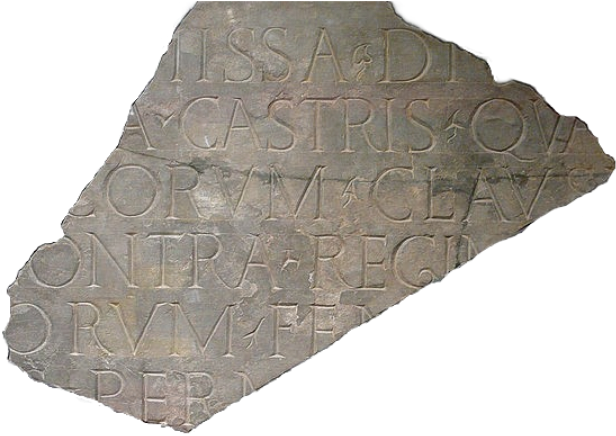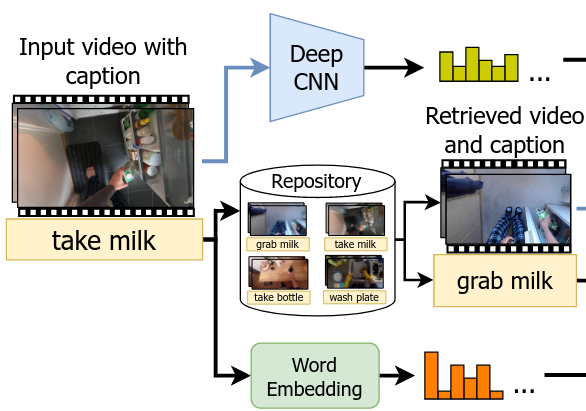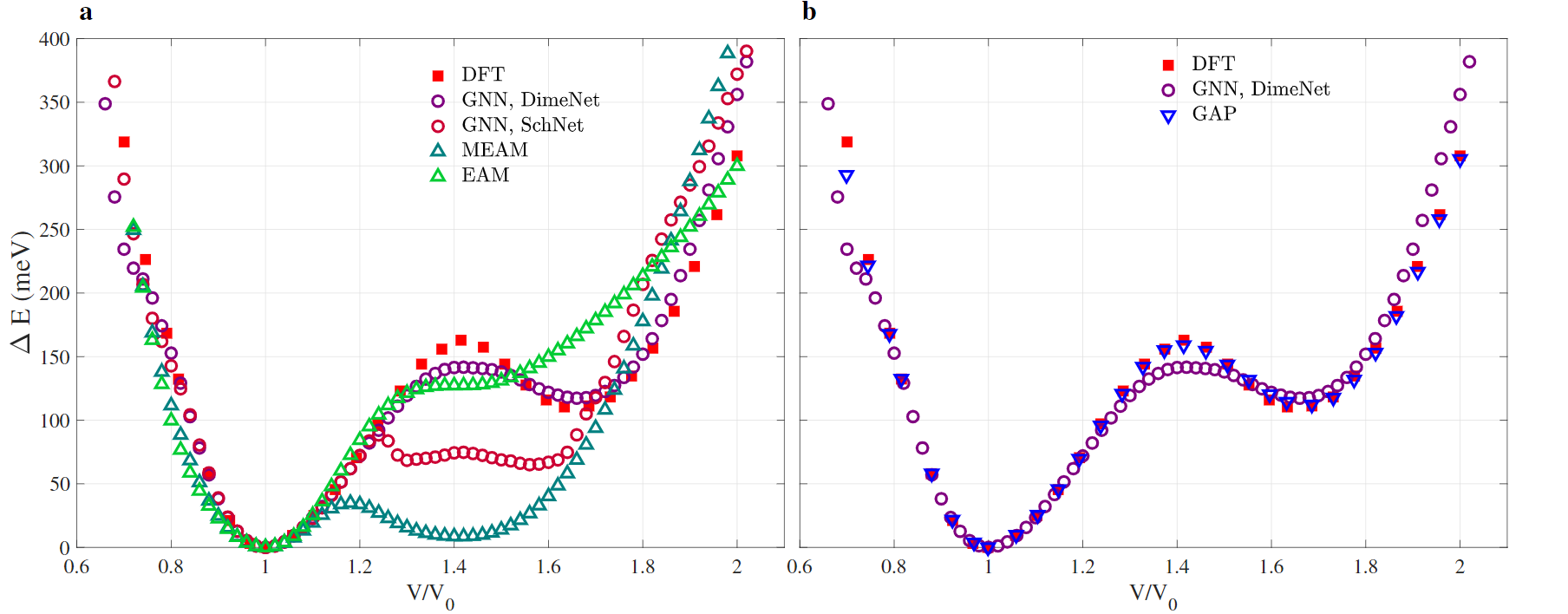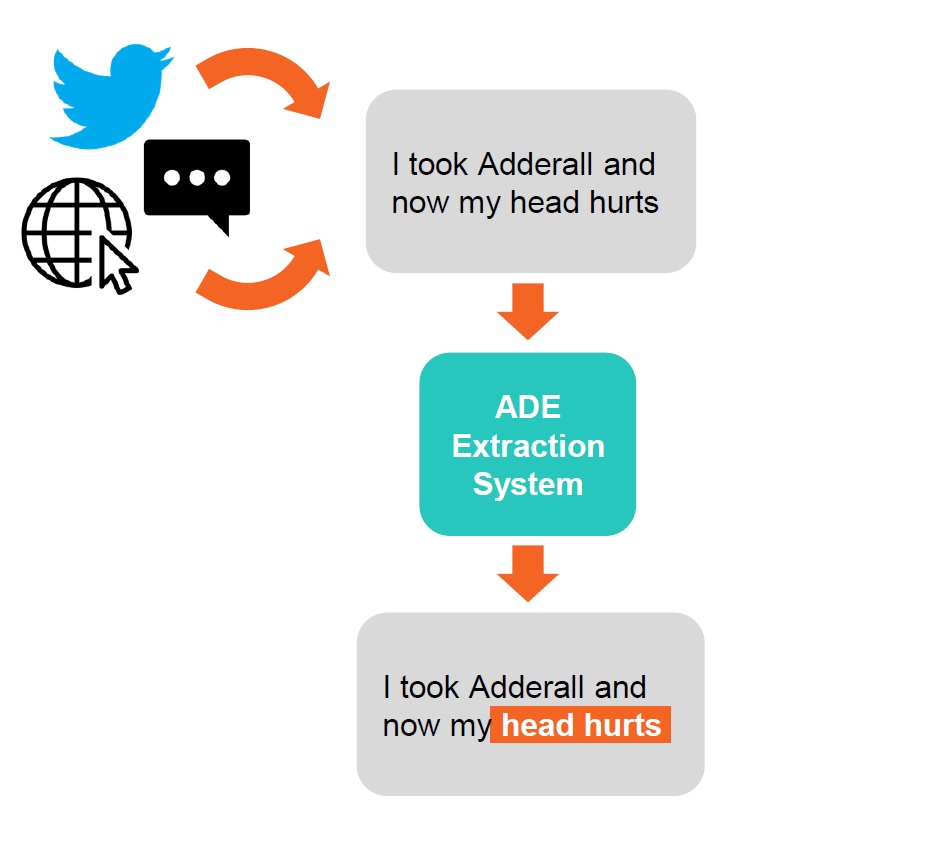Digital Humanities

Inscriptions are a testimony to the past but their poor condition, caused by the deterioration of the material on which they are engraved upon, often makes them partially or completely illegible. The process of restoring these inscriptions is time-consuming and requires the involvement of an expert epigraphist. It is possible to speed-up this process by adopting a semi-automatic assisting tool based on deep neural networks. This project aims to develop a complete methodology, from the acquisition of the inscriptions, to the description of four possible approaches to predict the missing text in a Latin inscription, that our research team plans to implement in the near future as part of a interdisciplinary research project. Related publications: Alessandro Locaputo, Beatrice Portelli, Emanuela Colombi, Giuseppe Serra. Filling the Lacunae in ancient Latin inscriptions. 19th The Conference on Information and Research science Connecting to Digital and Library science (IRCDL), 2023. [pdf] Andrea Brunello, Emanuela Colombi, Alessandro Locaputo, Stefano Magnani, Nicola Saccomanno, Giuseppe Serra. Usage […]
Semantic Text-video Retrieval

The text-to-video retrieval task requires to rank all the videos in a database based on how semantically close they are to an input query. To do so, both the visual and the textual contents need to be carefully analyzed and understood, meaning that a wide range of Computer Vision and Natural Language Processing techniques are required. Despite the intrinsic difficulty of such a problem, it is a fundamental one: in fact, nowadays several hundreds of hours of video content are uploaded to the Internet every minute, therefore solutions to this important problem are fundamental to perform searches effectively and retrieve all the videos which the user is looking for. Moreover, considering the need for multi-modal content understanding, advancements in this field may lead to improvements in many other problems, including Captioning and Question Answering. EPIC-Kitchens-100 Multi-Instance Retrieval Challenge tech reports: Alex Falcon, Giuseppe Serra. UniUD Submission to the EPIC-Kitchens-100 Multi-Instance Retrieval Challenge 2023. We ranked 3rd using only 25% of […]
Atomistic Graph Neural Networks for metals: Application to bcc iron

The useful, macroscopic characteristics of materials depend on their microscopic structure. Which is basically a very regular graph. At AILAB we applied Graph Neural Networks to the analysis of materials at atomic scale. After an extended testing phase, we obtained good results in the prediction of a set of physical properties such as Energy-Volume relation, Bain path curve, and evaluation of point and surface defects. This is a new research topic in Deep Learning, and will become more and more important in the near future thanks to its flexibility. Have a look at our arxiv paper Research Group: Lorenzo Cian (AILAB-Udine) Giuseppe Lancioni (AILAB-Udine) Lei Zhang (University of Groningen) Mirco Ianese (AILAB-Udine) Nicolas Novelli(AILAB-Udine) Giuseppe Serra (AILAB-Udine) Francesco Maresca (University of Groningen)
ADE Extraction at EACL21

Thanks to our continuous research on Adverse Drug Event Extraction, we will be at EACL 2021 (19th – 23rd April, 2021) with our latest paper: “BERT Prescriptions to Avoid Unwanted Headaches: A Comparison of Transformer Architectures for Adverse Drug Event Detection“ We explore the capabilities of wide variety of BERT-based architectures on the task of ADE extraction from social media texts.In particular we focus on the use of in-domain knowledge during pretraining, answering the question on whether (and which extent) it can actually help in this scenario, and giving some useful “prescriptions” for future research on this field. Research Group– Beatrice Portelli (AILAB-Udine) – Edoardo Lenzi (AILAB-Udine) – Simone Scaboro (AILAB-Udine) – Giuseppe Serra (AILAB-Udine) – Emmanuele Chersoni (Hong Kong Polytechnic University) – Enrico Santus (Bayer) Featured pages– ADE extraction project at AILAB-Udine– ADE at AILAB-Udine: top results on SMM4H’19